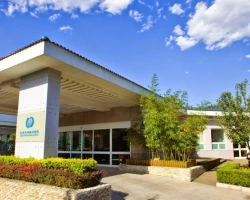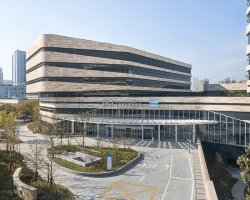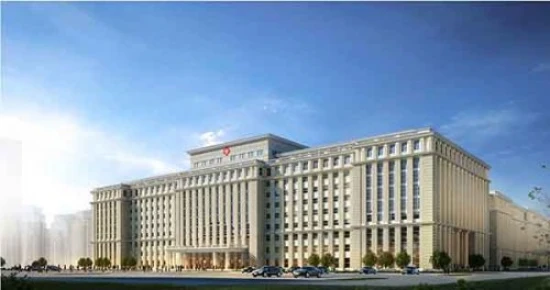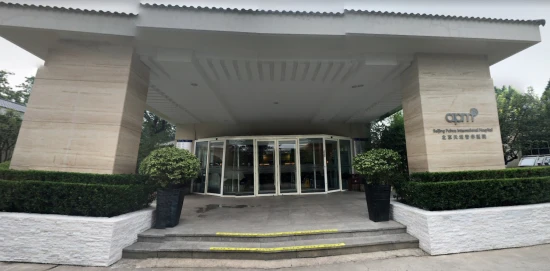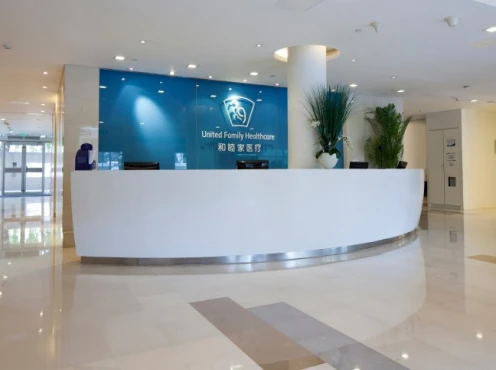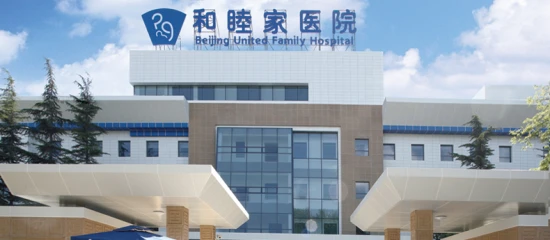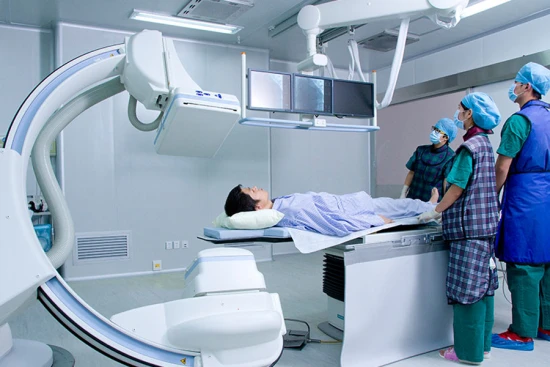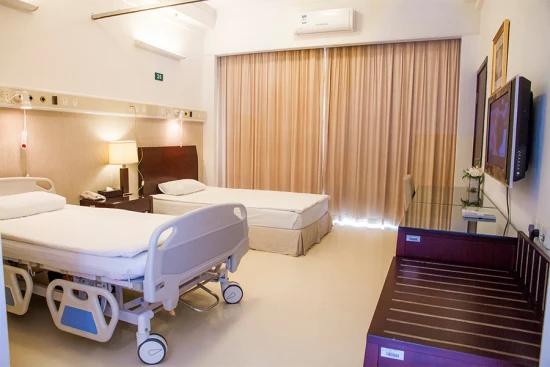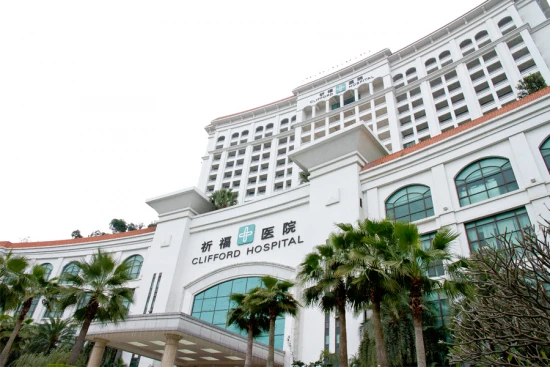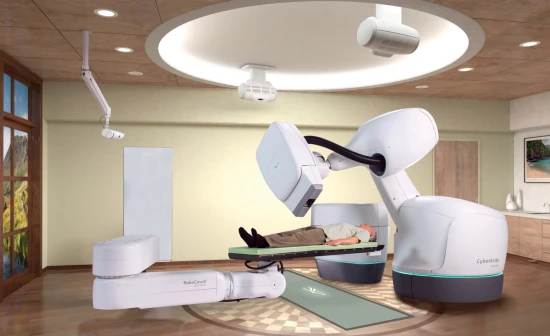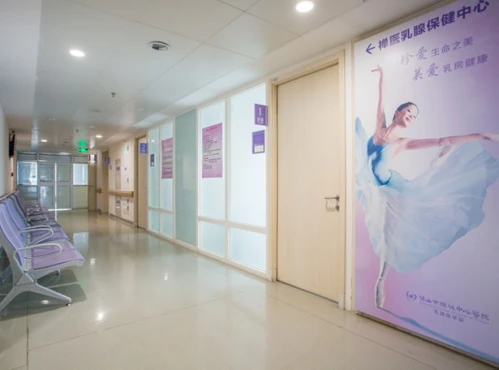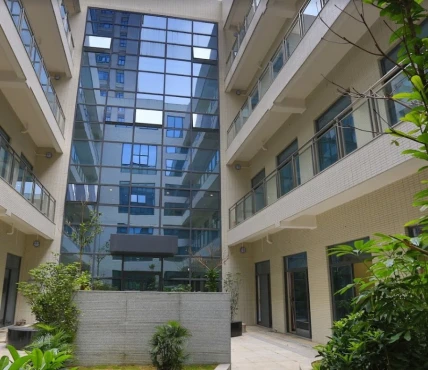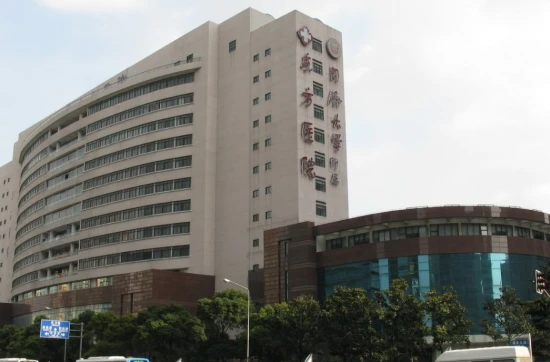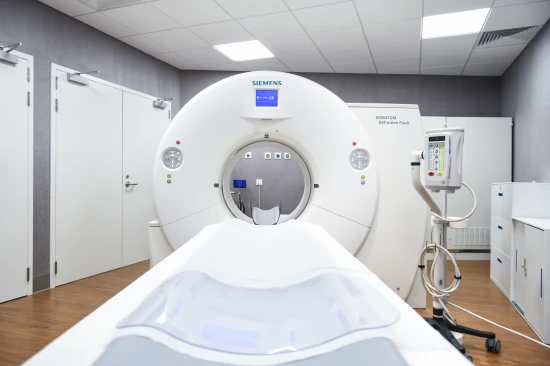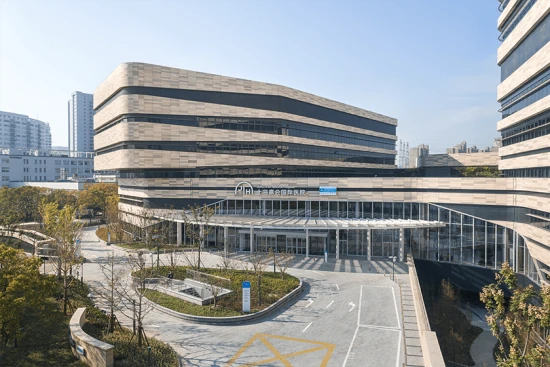Cardiac tamponade treatment in 1 Cardiac surgery clinic in China
1 clinic specializing in Cardiac surgery providing treatment of
Cardiac tamponade
Cardiac tamponade is a life-threatening condition where fluid accumulates in the sac around the heart, compressing it and impairing its function. It requires immediate medical intervention, including fluid drainage or surgery, to relieve the pressure and restore normal heart function.
Read more...
disease in China.
Besides this clinic there are 7 Cardiac surgery clinics in China.
Such diseases are treated by Wuhu conch hospital: Acute ST-elevation myocardial infarction (STEMI), Arrhythmia, Cardiac tamponade, Pericardial effusion, Pericarditis, and others.
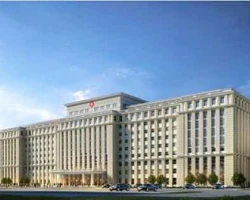
Nearby clinics in China
Perhaps you should consider the following clinics we have found nearby basing on your Location, Disease filters applied.
